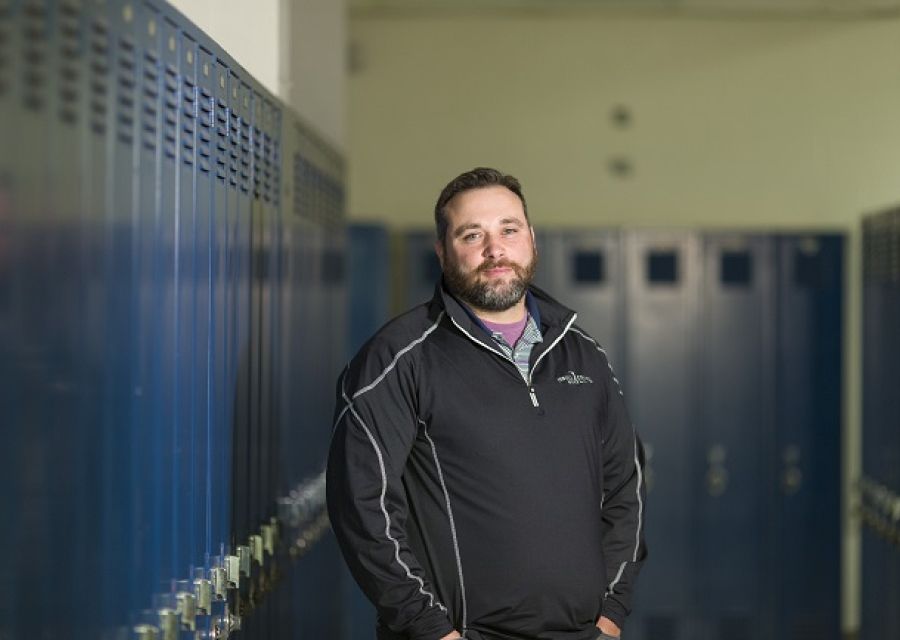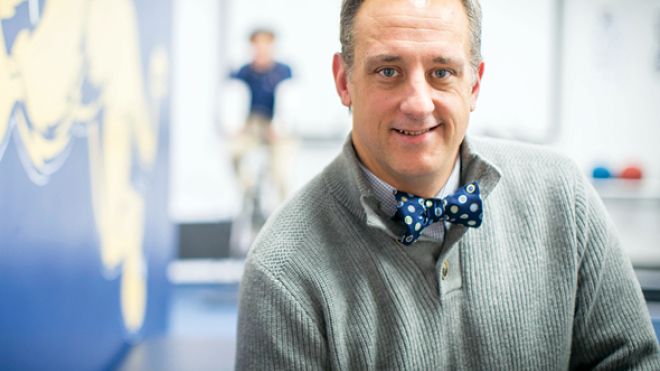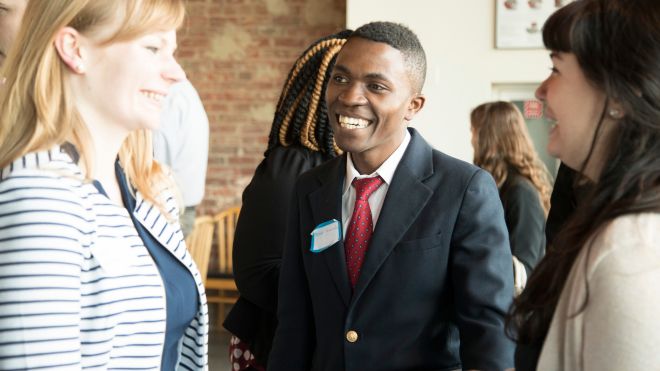
Security measures in American high schools are meant to keep students safe. But the nationwide trend of embedding security cameras, metal detectors, resource officers and even police officers in schools is having unintended consequences, according to research by Associate Professor of Psychology Timothy J. Servoss, PhD.
Using survey data from the U.S. Department of Education, Servoss and his UB colleague, SUNY Distinguished Professor Jeremy Finn, PhD, discovered three key predictors that determine what types of high schools adopt the most security. Region and school size are two factors.
“Security levels are higher in the southern region of the U.S.,” Servoss explains. “They’re also higher in larger schools which have more students.”
But it’s the third predictor that proves most troubling. The study revealed that security levels are disproportionately higher in schools that have sizeable populations of African American students. “The relationship between race and security cannot be explained away by differences in urbanicity, socioeconomic status or the level of misbehavior, violence and crime in the schools and their surrounding neighborhoods,” says Servoss. “All of these characteristics – and others – were included in the analyses and race emerges as most important.”
Further findings show that the more security in a school, the less safe students feel. Additionally, increased security does not decrease student misbehavior, crime, victimization or bullying. It does, however, lead to higher suspension rates in schools that utilize resource officers. Heightened security also triples the likelihood of students being arrested in schools that employ police officers. And the number of African American students arrested is disproportionately higher than their Caucasian counterparts.
“It’s not the case that the school with the police officer is arresting more kids because the misbehaviors are higher than at other schools,” says Servoss. “It’s really a convenience factor but the result is that common misbehaviors become criminalized.”
Students involved in fights are charged with assault and battery. A disruptive student is charged with disturbing the peace. A dress code violation becomes an indictment for indecent exposure.
“We know that the prospects for kids who go into the juvenile justice system are long-term and bad,” notes Servoss.
In April 2016, he and Finn presented their research to the American Educational Research Association in Washington, D.C.
“We don’t have the answers but the hope is our findings will cause school leaders to reconsider their use of resources,” Servoss told the audience.
Buying security equipment and hiring security personnel is expensive and often, adds Servoss, it’s the districts with the least amount of resources that spend the most on security.
“Couple that with our research, which shows the unintended consequences of school security, and perhaps those resources could be redirected to areas where research has proven positive outcomes.”



